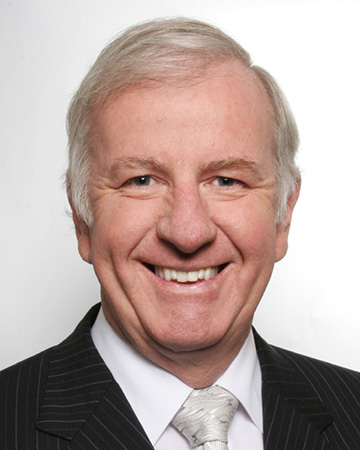Elective surgery waiting list at record low
25/3/07
The number of public patients waiting for elective surgery in Perth's hospitals is the lowest it has been since records began.
Health Minister Jim McGinty said the latest figures showed that 14,557 people were now waiting for elective surgery, 2,360 fewer people than at the same time last year.
"People are now waiting less time for their surgery with the median wait time now 3.78 months compared with 4.31 months two years ago," Mr McGinty said.
"In July 1999, more than 21,500 people were on the waiting list and they waited on average about five months to have their surgery.
"Nearly 5,000 public patients underwent elective surgery in Perth's hospitals last month.
"In the past, patients waited too long for surgery but by July this year all patients will receive their surgery within a year of going on the wait list."
In a major new initiative, 150 acute hospital beds will be freed up to enable more surgery to take place and to relieve pressure on hospital emergency departments.
Patients who do not need an acute hospital bed, particularly in a tertiary hospital, will be accommodated elsewhere.
The Minister said the Department of Health was working with Perth's residential aged care sector to achieve a 100-bed expansion of the Care Awaiting Placement (CAP) program, and to secure an additional 50 sub-acute beds in those facilities.
"CAP patients are ready for discharge from hospital into residential aged care homes, but hospitals cannot do so due to a shortage in Commonwealth-funded residential aged care beds," he said.
A total of 70 residential aged care beds have already been secured in the Bayswater area and will be available in May. Negotiations are well advanced to secure the further 80 beds.
Mr McGinty said emergency department heads had welcomed the initiative during discussions last week.
"This move will improve the flow of patients through emergency departments and will mean more beds are available for both medical and surgical patients," he said.
"It will mean that hospital beds are available for those who really need them."
The Minister said a number of other strategies had been introduced to increase bed numbers in public hospitals and reduce elective surgery waiting lists.
The Ambulatory Surgery Initiative meant more patients were undergoing day procedures, reducing the demand for hospital beds.
Last month, 776 patients had their surgery done under the initiative, which was an increase of 83 per cent increase compared with February the previous year.
"While it is pleasing that numbers are down and most people are being seen within clinically desirable timeframes, we would still like to see more patients having their surgery sooner," Mr McGinty said.
"We will continue to implement new strategies to reduce waiting times for people who need elective surgery, to ease the pressure on our emergency departments and to improve access to public hospital beds."
Total cases on metropolitan public hospital, Peel and Joondalup wait lists,
July 1999 to March 18, 2007
Total wait list (cases) | Median wating time (months) | |
| July 1999 | 21,546 | 4.9 |
| December 1999 | 20,288 | 4.67 |
| June 2000 | 20,486 | 4.57 |
| December 2000 | 18,926 | 4.83 |
| June 2001 | 19,183 | 4.96 |
| December 2001 | 17,850 | 5.88 |
| June 2002 | 18,533 | 4.47 |
| December 2002 | 18,341 | 4.77 |
| June 2003 | 18,303 | 4.54 |
| December 2003 | 18,153 | 4.64 |
| June 2004 | 16,601 | 4.57 |
| December 2004 | 17,470 | 4.01 |
| June 2005 | 17,775 | 4.18 |
| December 2005 | 16,802 | 3.95 |
| June 2006 | 16,361 | 3.65 |
| December 2006 | 15,242 | 3.58 |
| January 2007 | 15,583 | 3.81 |
| February 2007 | 15,181 | 3.68 |
| 18 March 2007 | 14,557 | 3.78 |
Source: Department of Health.
Data December 2004 onwards is based on 'new' AIHW reporting guidelines.
Source: Analysis & Performance Reporting.
Minister's office - 9422 3000



